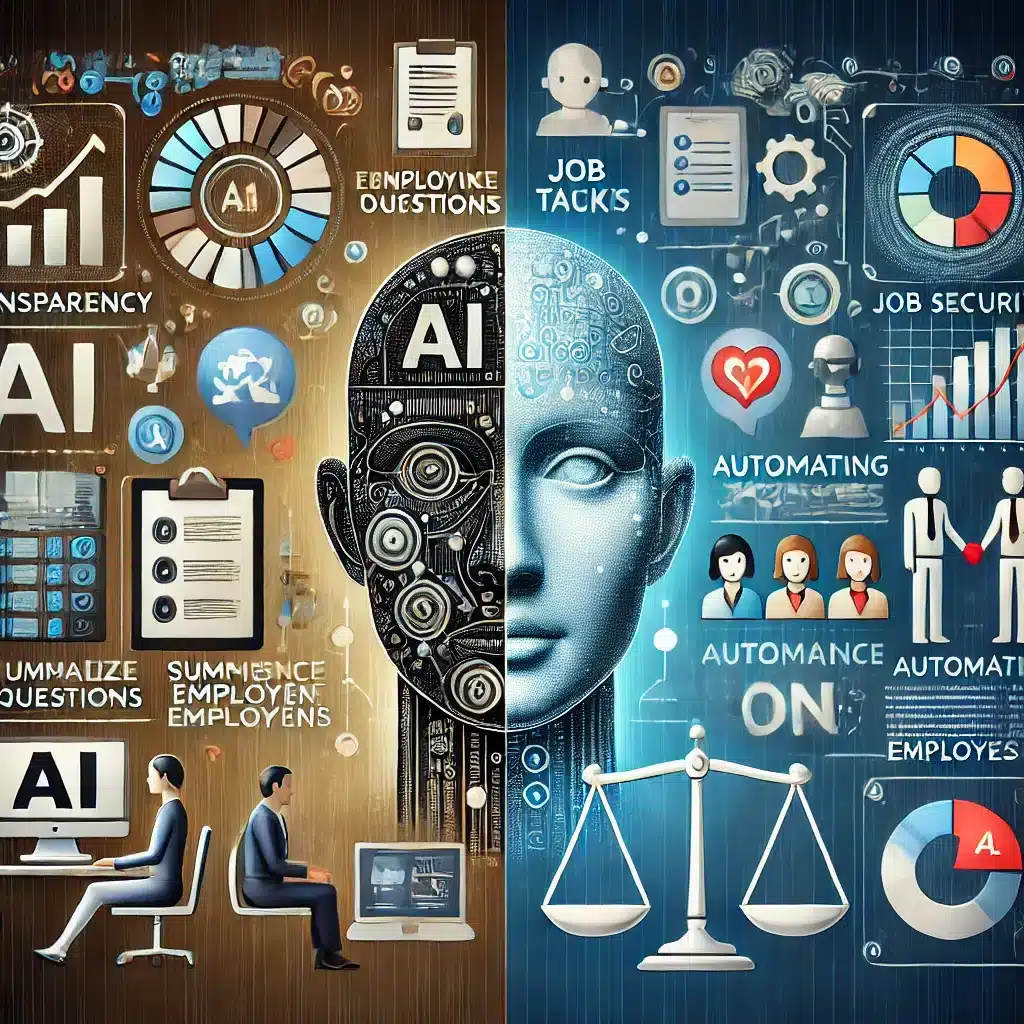Understanding AI Leadership
The rapid advancement of artificial intelligence (AI) presents unprecedented challenges and opportunities for leaders. The ability to adapt and embrace change is critical. AI Leadership demands a distinctive approach, characterized by open communication and the fostering of a culture where disagreement is encouraged. For example, Sam Altman, the CEO of OpenAI, exemplifies these practices through his unique leadership style. According to Business Insider, Altman emphasizes the importance of overcoming bureaucracy and cultivating open dialogue within his team.
However, it’s not just about having a free-flowing exchange of ideas. It is also crucial to maintain a polite and respectful approach to disagreements. Experts agree that this practice is essential to preserve trust and efficiency within teams. Thus, a thoughtful approach to conflict can lead to innovative solutions and stronger teams.
Consequences of Disruption
AI Leadership involves managing not only technological advancements but also the inevitable disruption they cause. As noted in an interview with Bloomberg, Altman experienced significant upheaval at OpenAI, with leadership changes and internal discord following his temporary ouster. Nonetheless, he was able to navigate these challenges, demonstrating resilience and adaptability, fundamental traits for any leader facing disruption.
Disruption does not need to spell doom and gloom. Instead, it can be an opportunity for growth and innovation. Moreover, by leveraging AI’s capabilities, leaders can push the boundaries of what their teams can achieve.
Lessons for Effective AI Leadership
Firstly, leaders should prioritize transparent communication. By doing so, they create a trusting environment where team members feel comfortable voicing different opinions. For instance, Jeff Bezos’s ‘disagree and commit’ strategy highlights the value of embracing disagreement to drive progress (source).
Secondly, effective AI leaders should prepare for unpredictability. Change is inevitable in the AI landscape, and hence, leaders must be agile and resilient. They should transform challenges into steps toward innovative solutions. Finally, leaders must encourage their teams to reach their potential without overextending, ensuring sustainable productivity and growth.
In conclusion, the intersection of leadership and AI is both complex and exciting. With the right strategies, leaders can harness AI’s potential to generate transformative results. Ultimately, effective AI Leadership is about navigating change with an open mind, encouraging dialogue, and enabling teams to thrive amidst disruption.



